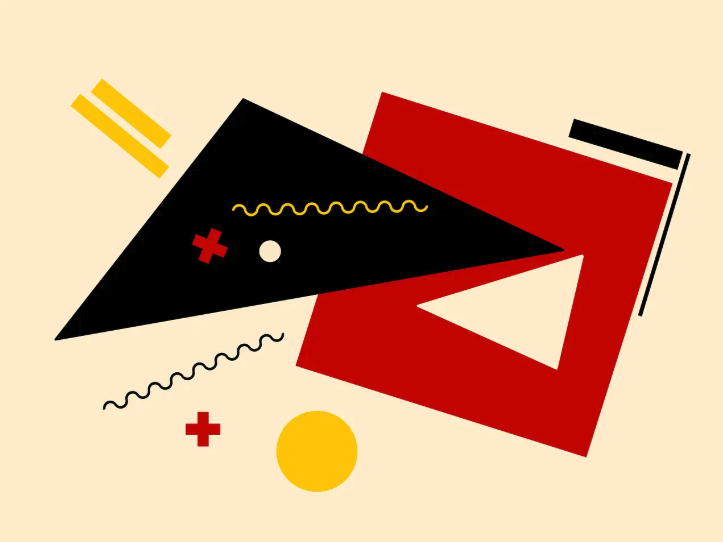Nervous systems are built in relationship

For many neurodivergent or trauma-affected folks, our nervous systems function differently to the so-called "average" person. The dynamics between our internal systems — cognitive, emotional, physiological — are also different. Mainstream therapy and self-help approaches are built on the "average" person and often fail to meet us where we are at.
For some of us, the starting point isn’t a mild dysregulation or temporary stress. It’s a complete absence of internal safety. We don’t know what safety feels like, and we certainly don’t know how to build it. Without that foundation, learning, growth, and real change can feel frustratingly out of reach.
This isn’t just about a “switched-off” prefrontal cortex. To integrate new insights, beliefs, or ways of being, we need more than cognition. Our lower brain, our body, our felt sense, all of these need to be part of the process. Otherwise, it’s just information that doesn’t stick.
I can't count the number of times therapists have commented on my level of insight and self-awareness, only to be surprised that no tangible change followed. My analytical brain is supercharged to figure out the pieces. But my nervous system is closed for business. Too busy scanning for danger, managing perceived threats, and trying to hold it all together.
The gap between what I know and what my body is willing to let in has always been a source of deep frustration. Why can’t I just change my behaviour? Why can’t I just let go?
Our nervous systems need understanding and working with, not doing to.
And one key principle to understand is this:
You cannot learn self-regulation without first experiencing co-regulation.
The nervous system is built through relationships. We are not born with the ability to self-soothe — that capacity only emerges when we are effectively and repeatedly soothed by others. The experience of safe connections is what wires the nervous system for safety.
This is a foundational idea in Polyvagal Theory (Stephen Porges), is consistent with Attachment Theory (Bowlby & Ainsworth), and trauma-informed models such as those developed by Bessel van der Kolk and Dan Siegels.
As a child, when you fell over, when you had a meltdown or lashed out — in these early moments of vulnerability and fear — ideally someone was there. A caregiver to say "it will be okay", and even more importantly "you're okay (i.e. you're still loveable)". Perhaps demonstrated with a hug or a warm gaze. Not shamed or punished or abandoned. They may have addressed the actions we took, but they didn’t confuse it with our personhood or inherent value - that part is crucial.
And, importantly, the message landed. We felt it. Believed it. Over these repeated moments of safe connection with another, we start to internalise or absorb this felt-sense of safety. We internalise the belief, the faith really, that "everything will be okay" and "we are okay". That’s how co-regulation becomes self-regulation over time.
Trauma disrupts this process. Additionally, for many neurodivergent people, our needs for soothing may have looked different to other children's. We might not have responded to standard forms of comfort. Well-meaning caregivers may have misread what we needed. That mismatch can matter a lot.
But here's the hopeful part:
Even if we missed out on that early co-regulation, it’s not too late. The nervous system remains plastic (i.e. capable of change) across the lifespan. Yes, it’s harder to internalise safety as an adult. But it’s not impossible. Far from it. In fact, people are doing it every day — through therapy, community, friendships, mentorships, group experiences, even through pets and connection to nature. And maybe even through AI — more on this in the future.
That connection might look different for each person. It doesn’t have to be big, just real and felt, and repeated enough for your system to start trusting in it.
That’s what I hope to leave you with:
There isn’t one single path to healing. But no matter the path, you don’t have to, and can’t, walk it in a vacuum. Your nervous system was built in relationship. And it’s in relationship that it can begin to rebuild.
